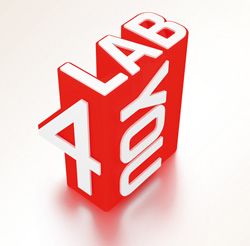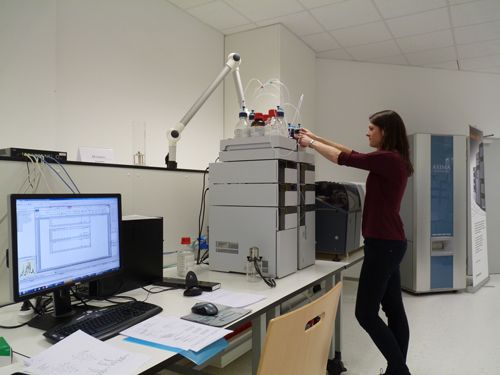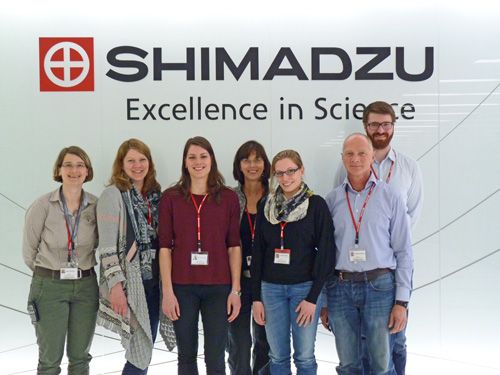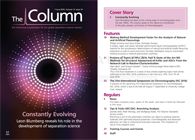Shimadzu Lab4You Accepting Applications
Following a successful launch last year, Shimadzu’s Lab4You program is once again accepting applications from young and enthusiastic researchers hoping to advance their research.

Following a successful launch last year, Shimadzu’s Lab4You program is once again accepting applications from young and enthusiastic researchers hoping to advance their research.
Shimadzu is offering a few promising scientists the chance to work at “Shimadzu Laboratory World”. The winners will be able to advance their research utilizing the stateâof-the-art equipment at the facility including wellâserviced analytical instruments and onâhand product specialists.
“The work was very interesting and I highly recommend other students apply for the Lab4You student program,” said Carola Schultz, University of Münster.
Schultz was one of two winners from last year’s lab4you competition. Her research investigated organic lithium-ion battery electrolytes using liquid chromatography–mass spectrometry (LC–MS).
“They [lithium-ion batteries] contain organic carbonates and the lithium-ion conducting salt LiPF6. But during cycling of the cell, the electrolyte ages and the cell loses capacity. The generated ageing products are built up out of reactions from the salt with the organic carbonates,” explained Schultz.
“So my aim was to do a full characterization of the electrolyte with LC–MS, to investigate the main components as well as ageing products in order to facilitate the elucidation of ageing mechanisms occurring inside the cell into the electrolyte,” continued Schultz, who is currently working towards publishing her results.
Carola Schultz during her time at Shimadzu’s Laboratory World.

The Lab4You program emerged from Shimadzu’s 2013 Laboratory World opening in Duisburg, Germany. The 1500 m2 testing facility contains Shimadzu’s entire product range and was used for customer demonstrations and application training.
“We felt that there was still some more capacity for the instruments to be used.
So we came up with the idea to invite students with interesting research projects to come to Duisburg and use the highâend equipment that is not available at their University, in our Laboratory Worlds,” said Dr. Gesa J. Schad, HPLC Product Manager, Shimadzu.
Minimum requirements for candidates include an undergraduate degree with a science background, an approved topic of research (MSc or PhD thesis or postdoc research), and some practical experience in analytical chemistry.
“We are also looking for good interpersonal and communication skills. The successful candidate will spend a considerable amount of time working with us, so they should fit in well with the team. Shimadzu offers to sponsor registration to relevant conferences, where the obtained data can be presented,” explained Schad.
The team at the Lab4You program: (left to right) Anja Grüning, Product Specialist LCMS, Dr. Julia Sander, Product Specialist Life Sciences, Carola Schultz, lab4you participant, Uta Steeger, Manager Marketing, Dr. Gesa Schad, Product Manager HPLC, Robert Ludwig, Product Specialist HPLC, Philipp Jochems, Product Specialist HPLC

Interested students can apply by submitting a short abstract of their research at www.shimadzu.eu/lab4you. Deadline for submission is 31st October 2016.

Common Challenges in Nitrosamine Analysis: An LCGC International Peer Exchange
April 15th 2025A recent roundtable discussion featuring Aloka Srinivasan of Raaha, Mayank Bhanti of the United States Pharmacopeia (USP), and Amber Burch of Purisys discussed the challenges surrounding nitrosamine analysis in pharmaceuticals.
Extracting Estrogenic Hormones Using Rotating Disk and Modified Clays
April 14th 2025University of Caldas and University of Chile researchers extracted estrogenic hormones from wastewater samples using rotating disk sorption extraction. After extraction, the concentrated analytes were measured using liquid chromatography coupled with photodiode array detection (HPLC-PDA).











